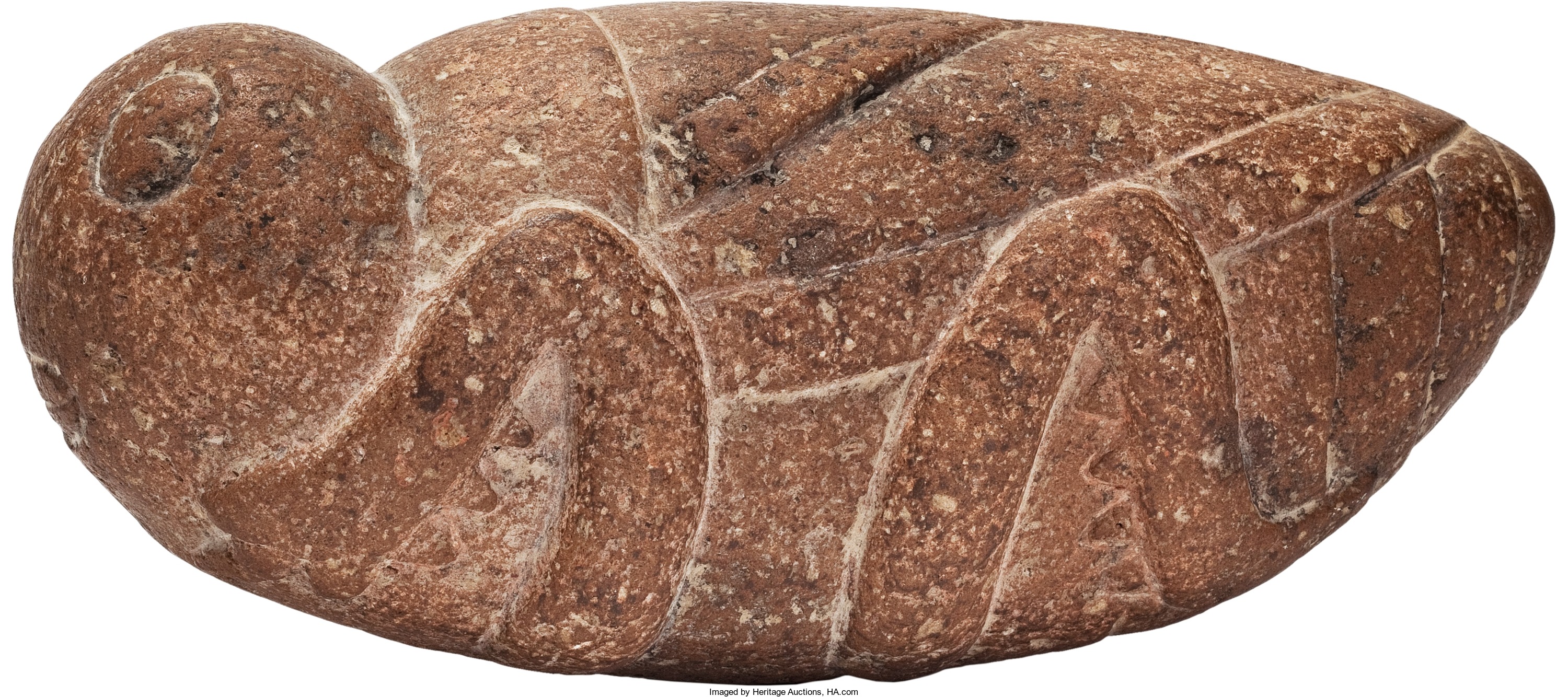
By Jim O’Neal
Americans spend more than 3 billion hours a year in congested traffic. Contrast that with army ants who, for some unexplained reason, waste little time when they are on the move. They are especially good at moving in swarms and if they encounter depressions in the ground, they simply erect bridges using their bodies.
Swarming is an unusual phenomenon, but most people have read about the Mormon cricket story in Salt Lake City when flocks of seagulls magically appeared, devoured the crickets and then disbanded. There are similar stories involving American Rocky Mountain locusts in California in the 19th century, but without any dramatic seagull rescues.
However, the most remarkable event involves farmers in the Western United States and Canada in 1873. It was unlike anything anyone had seen … ever!
From seemingly out of nowhere came great, chirring masses of Rocky Mountain locusts that proceeded to devour virtually everything in their path. There were so many of them that they actually blotted out the sun and then began to strip the fields of grain, entire orchards and even the wool off live sheep.
They ate wood off tool handles, leather, canvas and cloth off wagons. There were many stories of people’s clothing being eaten off their bodies, including their shoes. The noise was deafening and some people likened it to the end of the world.
Then there were the incredible estimates of the number of insects.
One swarm was estimated to be 1,800 miles long and 110 miles wide or 198,000 square miles. (For perspective, the state of California is about 160,000 square miles.) The swarm took five full days to pass and is thought to have consisted of over 10 billion insects. One source put the figure at 12 trillion!
The only thing for sure is that it was the largest gathering of living things ever seen on Earth (including Woodstock). If two swarms met, they would push through each other and emerge in an unbroken rank.
At the end of summer, the locust vanished and farmers felt a sense of temporary relief. But the locust returned each of the following three summers and each time in numbers greater than before. Serious doubts developed about the sustainability in the West, and fears were rampant they might spread eastward, where development was denser.
It became the darkest and most helpless time in American history.
However, by 1877, the swarms were much reduced and the locust became strangely lethargic. The next year, the Rocky Mountain locust (Melanoplus spretus) didn’t just retreat, they vanished!
The last living specimen was found in Canada in 1902, and none has been seen since.
 Intelligent Collector blogger JIM O’NEAL is an avid collector and history buff. He is President and CEO of Frito-Lay International [retired] and earlier served as Chairman and CEO of PepsiCo Restaurants International [KFC Pizza Hut and Taco Bell].
Intelligent Collector blogger JIM O’NEAL is an avid collector and history buff. He is President and CEO of Frito-Lay International [retired] and earlier served as Chairman and CEO of PepsiCo Restaurants International [KFC Pizza Hut and Taco Bell].
